Paraffin waxes, Other applications
Paraffin waxes, Other applications
In addition to the discussed fields of application, paraffin waxes are used in many branches of industry, such as the match industry, the rubber industry, PVC processing, precision casting of metals, manufacture of refractory ceramics, the electrical industry and building construction. Further consumers of para& waxes are the textile industry, dental profession, pencil manufacturers, pyrotechnic industry, etc.
(a) The match industry is one of the oldest consumers of paraffin waxes. Paraffin impregnation of the matches, usually made of wood, has the objective of ensuring rapid ignition of the matchwood after striking the matched. In addition, waxing improves adhesion of the matched to the matchwood and resistance to moisture. The latter is of particular importance for matches stored and used in high-moisture climates.
Previously, lower-melting micro crystalline paraffin waxes (42 to 46 “C m.p.) were preferred for match impregnation. At present higher-melting Paraffin waxes (m.p. 46 to 54 “C) are more wide-spread in use. Still higher-melting paraffin waxes could also be used, but are too expensive. The oil content of paraffin waxes for impregnation must not exceed 5 wt- %; the usual value is around 3 wt- %. Higher oil content paraffin wax leads to excessive flickering of the flame. Some match manufacturers use 1 to 2 wt- % paraffin wax in the match head, too, in addition with use Residue wax (Foots oil) in body of the match, resulting in more uniform burning.
(b) The rubber industry The rubber industry is also one of the most important paraffin wax consumers, using it for a variety of purposes. Paraffin wax, when used as an additive to rubber increases the stiffness of the product. This is of major importance in press-moulded rubber products. If the paraffin wax content in rubber exceeds 1 to 2 wt-%, it migrates to the surface and forms a continuous thin layer. This phenomenon is called efflorescence. The thin layer bends, without cracking, with the rubber products. Experience has shown that the layer of wax effectively inhibits the oxidative ageing processes accelerated by light. If it is desired to obtain low-friction surfaces, 3 to 5 wt-% paraffin wax is added to the rubber compounds. Paraffin waxes are often used with painted rubber goods to prevent decoloration. In rubber latices various paraffin waxes (I to 2 wt-%) are used as plasticize-rs to reduce toughness. Almost all types of paraffin waxes are in use in the rubber industry. In the manufacture of air tubes, macro crystalline paraffin waxes containing 2 to 5 wt- % oil are used to ease moulding and to achieve uniform surface resistance to abrasion in the Tyre. Blends of macro- and micro crystalline paraffin waxes are used in the manufacture of sealing rings for preserve jars and other types of sealing rbgs. For industrial-purpose rubber goods, e.g. hose, where requirements of color and odor are not so critical, less refined petrolatum of darker color are used.
(c) Precision casting, is a useful process for the economical manufacture of metal components and tools in small batches. Although the process is also used for components of mass greater than 100 kg, its most important field of application is with smaller components, with mass of the order of a kilogram. The process consists of the following steps: a die is made from a prototype, and paraffin wax is poured or pressed into the die. After cooling, the paraffin wax model is removed from the die, and a ceramic coating is applied onto the model. When the ceramic coating has solidified, the paraffin wax is melted and poured from the ceramic shell, which is subsequently baked in a kiln. The molten metal is usually cast into the ceramic moulds whilst the moulds are still hot. After solidification of the melt, the ceramic shell is broken to remove the casting. The most important components of casting paraffin waxes are lower-melting paraffin waxes, various natural waxes, e.g. carnauba wax, synthetic waxes, as well as higher melting fatty acids, e.g. stearic acid. Blends of around 50/50 wt-% macro crystalline paraffin wax and stearic acid are frequently used. In addition, some casting waxes contain bitumen. Studies carried out in the Hungarian Oil and Gas Research Institute demonstrated that low-contraction casting waxes can be produced from partially oxidized micro crystalline paraffin waxes and micro crystalline paraffin waxes containing wax esters.
(d) The manufacture of refractory ceramics Paraffin wax casting of ceramics is a process being increasingly used in industry, mainly for porcelain, A1,0,, MgSiO,, ZnTiO,, TiO,, ZrO, and fireclay. Other materials for which the process has been used are CaO, MgO, MgA1,0,, Sic, Mo.Si,, Si,N,, Si, TiB,, TiN, ZrB, and other high-melting compounds. Clay cannot be used as binding material for shaping, since it reduces the melting point of refractories. Instead, the ground refractories are mixed with molten paraffin wax to yield a malleable mass, which is then cast into metal moulds or moulded at pressures of several hundred bars. Injection moulding is also used for mass production. The parts solidified in the water-cooled moulds are coated with a porous embedding material and introduced into the prefiguring kiln. The temperature is slowly raised to 400-60O0C, whereupon paraffin wax diffuses out into the embedding material where it evaporates and burns away. Depending on the composition of the ceramic, prefiguring is continued to 900- 1250°C. Subsequently the embedding material is removed and final firing at high temperature follows. Slack wax melting at 50-54 “C is used to prepare the slurry for casting.
(e)The electrical industry uses large amounts of different types of paraffin waxes for insulation at ambient temperature. Obviously, paraffin waxes alone cannot be used at higher temperatures, only in blends with synthetic waxes. In addition to high relative permitting, low dielectric loss and high resistance values, important requirements for paraffin waxes to be used in the electrical industry are flexibility, ductility and low thermal expansion coefficients. Direct paraffin wax coating is frequently used for the insulation of Wires, cables, flat or irregular-shaped metal surfaces. For such purposes only micro crystalline paraffin waxes which are flexible, adhere well to metals, and have only a slightly shrinkage on cooling are usable. Paraffin wax impregnation of other insulating materials, e.g. paper, textiles, asbestos, wood, is also frequently used in order to improve their insulating properties and moisture resistance. Paraffin waxes and paraffin waxes with additives are much used for building up blocking layers, e.g. for capacitors, for cable terminals and couplings, for impregnating cable-insulation paper, for filling the space between cables and around the coupling. The zinc casings of dry cells can be sealed with paraffin wax or paraffin wax impregnated paper. This will efficiently reduce desiccation of the cell. Paraffin waxes used for insulation usually have melting points above 55 “C and oil contents below 1 wt-%. Paraffin waxes are used to reduce the viscosity of bitumen used for impregnating linen tape. For this purpose the oil content may be as high as 2 to 4 wt-%. To impregnate paper for paper-insulated capacitors, the oil content must not exceed 0.5 to 1 wt-%, and the melting point should exceed 55 “C. In roll-type cylindrical or flat capacitor elements encased in metal or paper the empty space is usually filled with paraffin wax. For paper casings, blends of higher melting micro crystalline paraffin waxes and various resins are used. The melting point of cable waxes is in the range of 55 to 65 “C. Requirements are non-stickiness and absence of components with boiling points below 180 “C

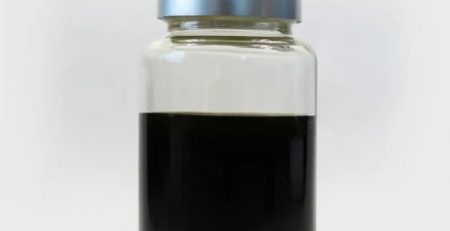
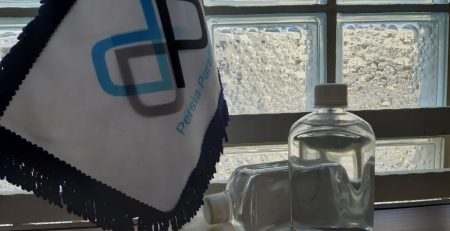

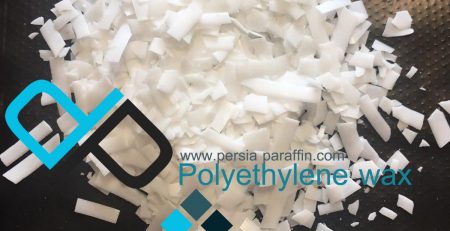

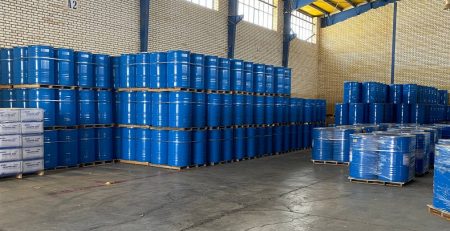
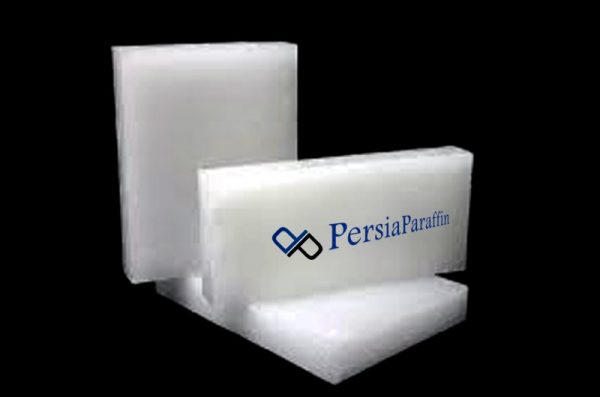

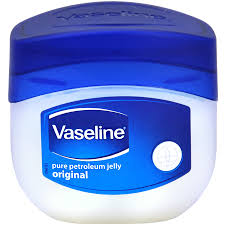
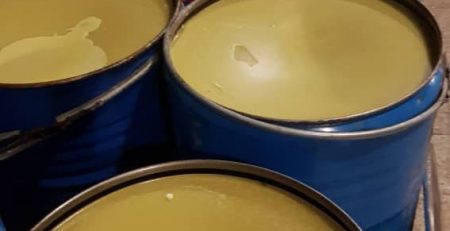

Leave a Reply
You must be logged in to post a comment.